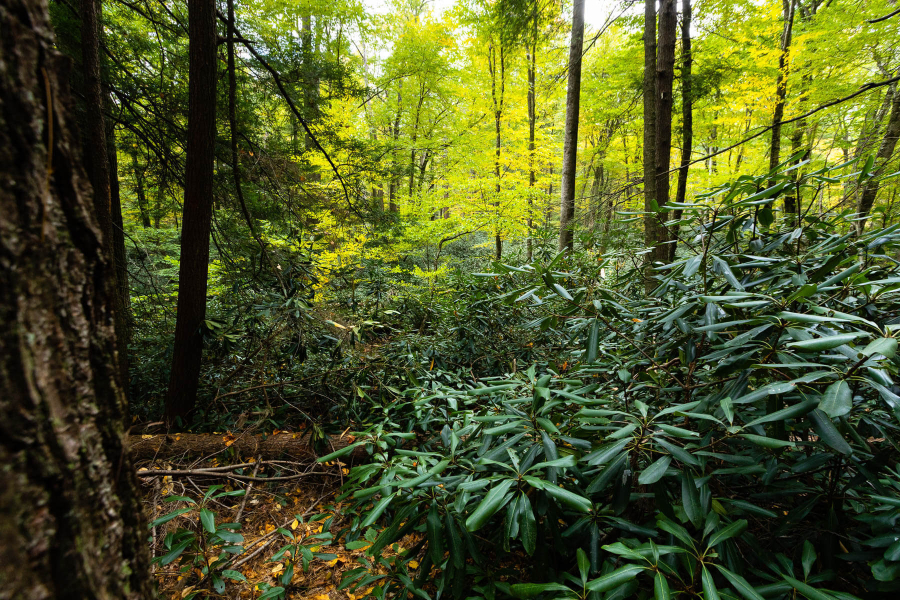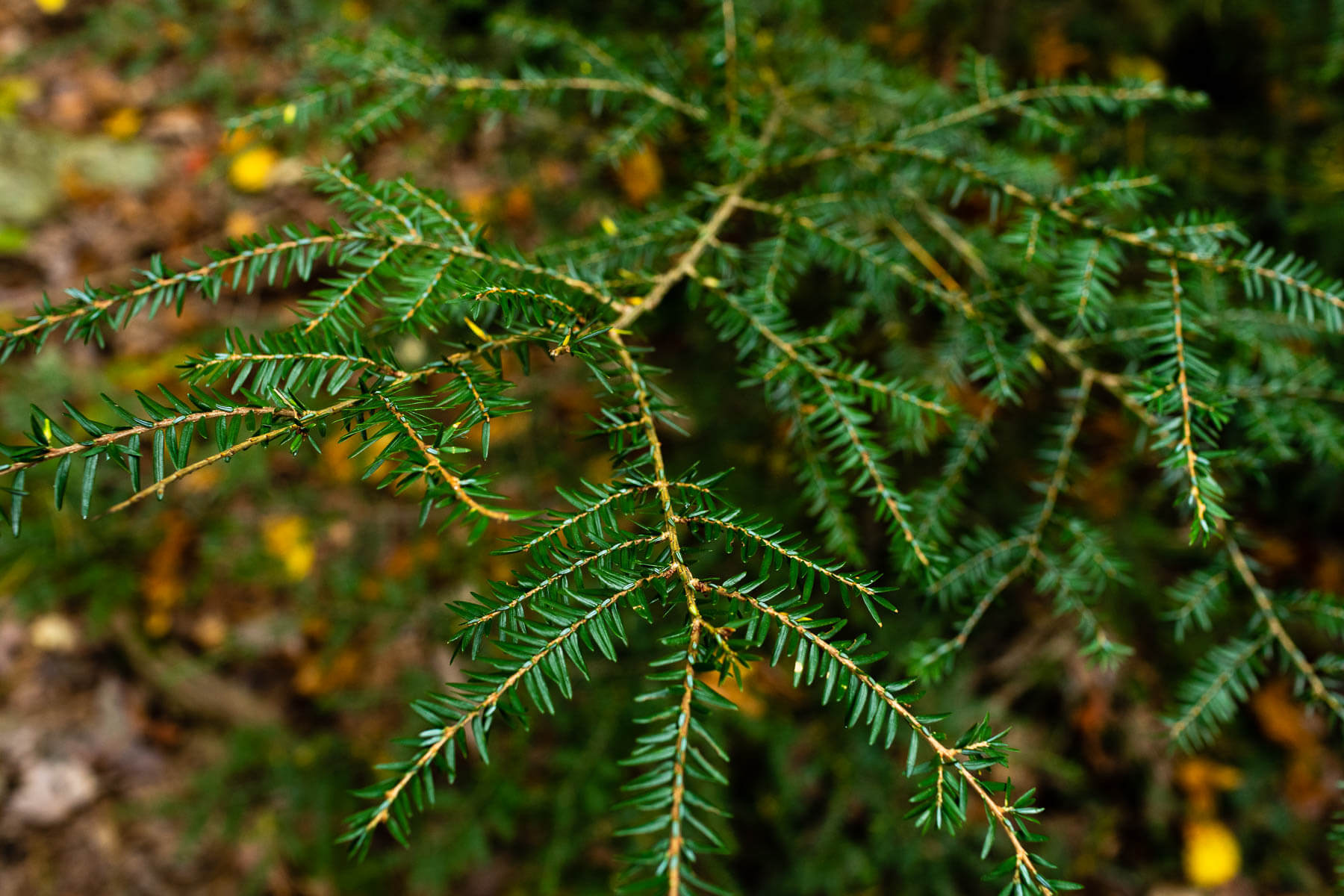Walking through old-growth forest in Pennsylvania

If you travel from the bottom of Pennsylvania to the top, you’ll see why the state is called “Penn’s Woods.” Near the heart of Pennsylvania, where tree-covered ridges rise and fall at regular intervals like rumples in a blanket, several state forests are interspersed with valleys claimed by farmland. Eventually, the farmland gives way entirely to a huge, unbroken mass of trees spanning most of the north-central portion of the state.
You may think that these miles and miles of dense forests are ancient, but things are not as they appear. Before Europeans arrived, forests covered almost all of Pennsylvania’s 28.7 million acres of land, but by the end of the 1800s, forest cover dropped to just nine million acres. The state now holds roughly 17 million acres of trees, but the amount of old-growth forest that was spared by the era of clear-cutting is measured in the hundreds—not thousands—of acres.
One such stretch of virgin woods can be found in Alan Seeger Natural Area, part of Rothrock State Forest in remote Huntingdon County. The area is home to 500-year-old eastern hemlocks as well as white pine, yellow birch and large specimens of other species. A short trail through the area crosses Standing Stone Creek, which is lined by a thick understory of rhododendron.
Parts of what is now Alan Seeger evaded logging even as the harvest of hemlocks peaked around the turn of the century. By the 1930s, harvesting plummeted to a tiny fraction of what it had been.
However, another threat has arisen decades later.

The hemlock woolly adelgid was accidentally introduced from Asia and reached Pennsylvania in the 1960s. The invasive insect stresses trees, making them more likely to be killed by heat and drought. And because hemlock is a keystone species that shades streams, thereby keeping the water cool, losing hemlocks can lead to sunnier, warmer streams. In turn, those streams can become inhospitable to cool-water species like brook trout.
Parts of Pennsylvania have seen significant defoliation and death of its hemlocks. Since 1999, Pennsylvania has been fighting the adelgid with biocontrols—predatory species that target a pest—and has been chemically treating high-value hemlocks in state forests and parks since 2004. Signage at Alan Seeger refers to the adelgid damage visible there, but also points out how a healthy forest can better withstand pests.
The fate of Pennsylvania’s hemlocks isn’t yet sealed but may be tied to climate change. The adelgid can’t survive very cold winters, so Pennsylvania’s northern latitude is working in its favor. Hemlocks there haven’t been hit as hard by the adelgid as those in warmer, southern states like North Carolina. And hemlock deaths seem less severe in areas with healthier, more extensive forest cover, where there are fewer stressors that adelgid-inflicted trees could succumb to. But if Pennsylvania winters become milder, the adelgid may have more of an impact.
For now, at Alan Seeger, you can still walk a short trail and witness trees that first stood tall centuries before the threats they currently face.

Comments
another great article & pics - thank you
Thank you!
Your comment has been received. Before it can be published, the comment will be reviewed by our team to ensure it adheres with our rules of engagement.
Back to recent stories